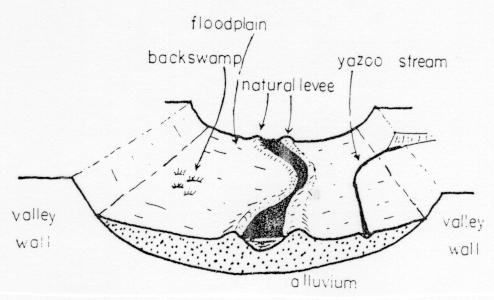Answer: Introduction Urbanization in Asia and Africa has accelerated rapidly over the past few decades. While cities across these continents act as centers for economic growth and opportunities, the rapid influx of migrants from rural areas has often outpaced the …
Answer: Introduction Walt Rostow’s model, presented in his 1960 work The Stages of Economic Growth: A Non-Communist Manifesto, outlines a linear and sequential process through which economies transition from traditional, agrarian systems to modern, high-consumption societies. Although developed during the …
Answer: Introduction Central Business Districts have long been seen as the heart of metropolitan economic activity. Traditional urban theories, such as Burgess’s Concentric Zone Model and Central Place Theory, positioned CBDs as natural hubs due to agglomeration economies and high …
Answer: Introduction Water scarcity is experienced on a local scale—with communities, agriculture, and ecosystems feeling its immediate effects—but its root causes are embedded in global processes such as climate change, international trade, and transboundary water management. Understanding this duality is …
Answer: Introduction The Behavioral Approach in human geography revolutionized the study of spatial phenomena by centering on human cognition, decision-making, and subjective experiences. In doing so, it challenged earlier frameworks—most notably, the dominant positivist paradigm—which focused exclusively on observable and …
Answer: Introduction The latitudinal gradient in species richness is one of the most conspicuous geographic trends in biodiversity. It refers to the pattern where tropical regions near the equator generally harbor far more species than temperate and polar regions. This …
Answer: What Is a Yazoo Stream? A Yazoo stream is a tributary that, instead of joining a major river directly, is forced to flow parallel to the river’s course for a considerable distance. This phenomenon occurs because natural levees—raised embankments …
Answer: Introduction Carbon neutrality—achieving a balance between emitted and absorbed carbon dioxide—is critical for mitigating climate change and ensuring environmental sustainability. As global temperatures rise, extreme weather events become more frequent, and ecosystems face unprecedented stress, reducing greenhouse gas emissions …
Answer: Perception, Attitude, Value, and Emotion (PAVE) in Biodiversity and Sustainable Environmental Conservation Introduction The components of Perception, Attitude, Value, and Emotion (PAVE) underpin how societies interact with nature and influence biodiversity conservation. These psychological and cultural dimensions determine whether …
Biogeography – Soil – Soil Degradation Answer: Introduction The phrase “Soil erosion is creeping death” underscores the gradual yet irreversible degradation of soil through removal of its nutrient-rich top layer by wind, water, and anthropogenic activities. It reflects the slow …









